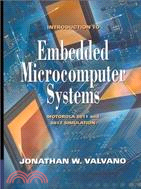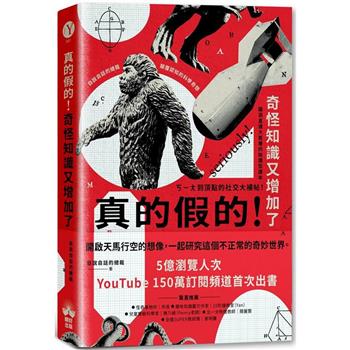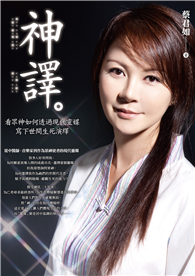| FindBook |
有 1 項符合
INTRODUCTION TO EMBEDDED MICROCOMPUTER SYSTEMS: MOTOROLA 6811 AND 6812 SIMULATIONS (W/CD)的圖書 |
 |
INTRODUCTION TO EMBEDDED MICROCOMPUTER SYSTEMS: MOTOROLA 6811 AND 6812 SIMULATIONS (W/CD) 作者:VALVANO 出版社:全華圖書股份有限公司(全華經銷) 出版日期:2003-01-01 |
| 圖書館借閱 |
| 國家圖書館 | 全國圖書書目資訊網 | 國立公共資訊圖書館 | 電子書服務平台 | MetaCat 跨館整合查詢 |
| 臺北市立圖書館 | 新北市立圖書館 | 基隆市公共圖書館 | 桃園市立圖書館 | 新竹縣公共圖書館 |
| 苗栗縣立圖書館 | 臺中市立圖書館 | 彰化縣公共圖書館 | 南投縣文化局 | 雲林縣公共圖書館 |
| 嘉義縣圖書館 | 臺南市立圖書館 | 高雄市立圖書館 | 屏東縣公共圖書館 | 宜蘭縣公共圖書館 |
| 花蓮縣文化局 | 臺東縣文化處 |
|
|
- 圖書簡介
Jonathan Valvano's new text provides students with an introduction to the field of microcomputer programming and interfacing using the Motorola 6811 and 6812 chips. The objective of this book is to present basic computer architecture, teach assembly language programming, and introduce microcomputer interfacing. Valvano develops these topics around the TExaS simulator. Included free with the book on CD, the TExaS simulator is a self-contained program for testing microcomputer hardware and software. The simulator shows activity internal to the chip so one can experience the architecture by observing activity inside the microcomputer. Also, TExaS provides the ability to connect external hardware devices like switches, LEDs, LCDs, keyboards, serial port devices, motors, and analog circuits. One can use TExaS to learn microcomputer programming and interfacing, develop software in assembly language using the TExaS assembler, and program in C using a cross-compiler. Compared with Valvano's more advanced book titled "Embedded Microcomputer Systems: Real Time Interfacing," this book contains more hands on use of the TExaS simulator and places less emphasis on theory.
- 作者簡介
Jonathan W. Valvano is a Professor in the Electrical and Computer Engineering Department at the University of Texas at Austin. In addition to teaching and writing, Dr. Valvano researches perfusion, the transmission of blood in the microcirculation, an important factor in surgery, tissue transplants, heart disease and cancer therapy. Despite its importance, no clinical method of measuring perfusion is currently available. Dr. Valvano's group develops thermal methods to measure this important parameter. Much debate considers which heat transfer model best describes tissue blood flow. Until recently, researchers widely adopted a model suggested by Pennes to demonstrate the heat transfer effects of perfusion. The model's validity has been disputed. Dr. Valvano's group develops new thermal models founded on basic principles. Their research integrates analytic bioheat transfer, finite element numerical modeling, transducer design, analog instrumentation, microcomputer interfacing, interactive computer software, animal experimentation and clinical studies.
|










